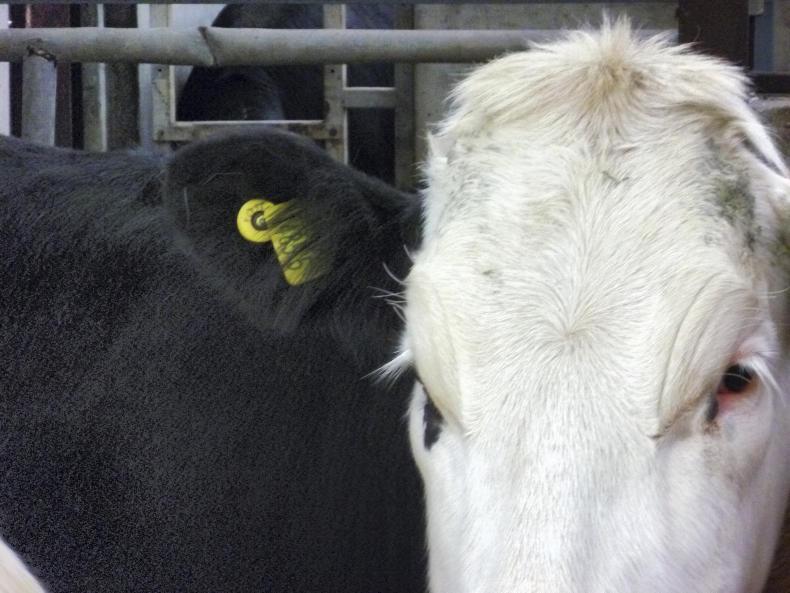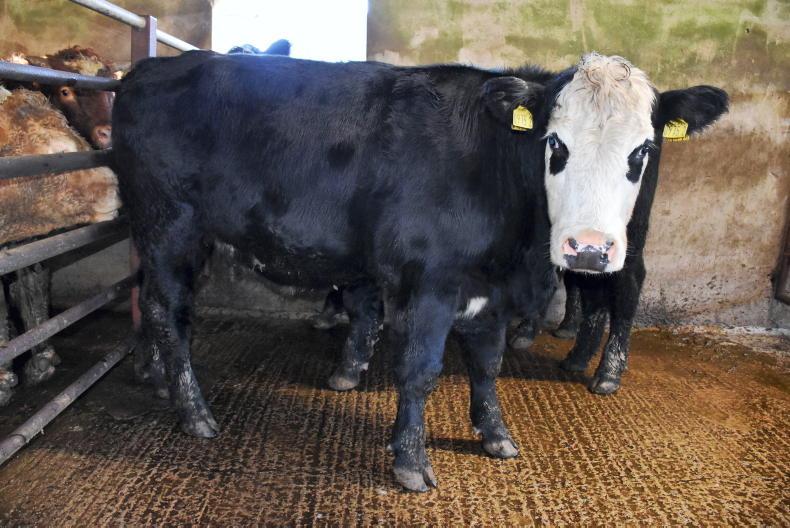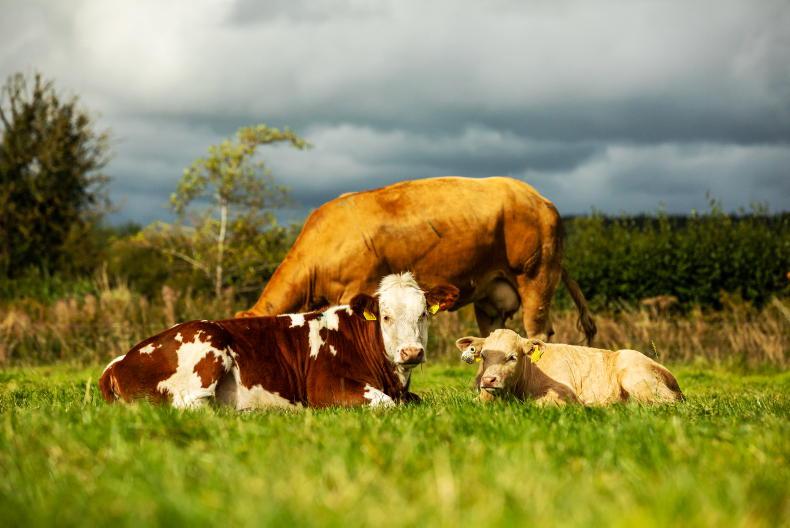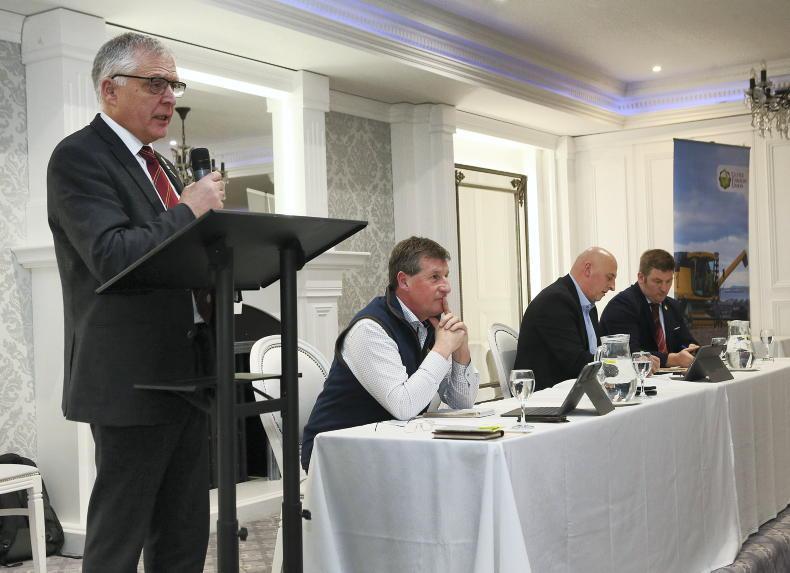Farmers and lobby groups have until 16 August 2019 to respond to a DAERA consultation on electronic identification (EID) of cattle, and specifically on the numbering format to be used.
Once a new number format is agreed, DAERA plans to form a stakeholder group to work on bovine EID policy and when EID will be rolled out to farmers.
The current system of tag numbering will not support the implementation of EID. A new system must have a maximum of 15 digits, and rather than start with the country identifier “UK”, it is proposed to start with a new country code of 826 on the electronic chip.
The next two numbers will identify NI as a region of the UK, and for this purpose the number 19 has been allocated. That leaves 10 remaining digits. With a six-digit herd number, it leaves four digits to identify the animal.
Currently, there are five digits used to identify cattle – the four-digit animal identifier, plus the check digit (eg 1234-1).
The first option put forward by the Department is that the check digit is removed. It would mean that once a herd gets to animal number 9999, a new herd number would have to be allocated to avoid duplication of the animal. But as pointed out in the DAERA consultation, with an average suckler herd of 18 cows, this would take 555 years, and in dairy herds averaging 95 cows, would take 105 years.
The second option looks less practical, and would change all herd numbers to a new five-digit format, which would allow the check digit at the end of the animal identifier sequence to be retained.
Preference
The DAERA consultation asks respondents for their preference, and whether they have a viable alternative not already identified.
Under current EU rules, member states must have the necessary infrastructure in place to provide for EID of cattle. The move towards cattle EID has generally been welcomed by industry, although some concerns have been raised about the cost of re-tagging all cattle.










SHARING OPTIONS